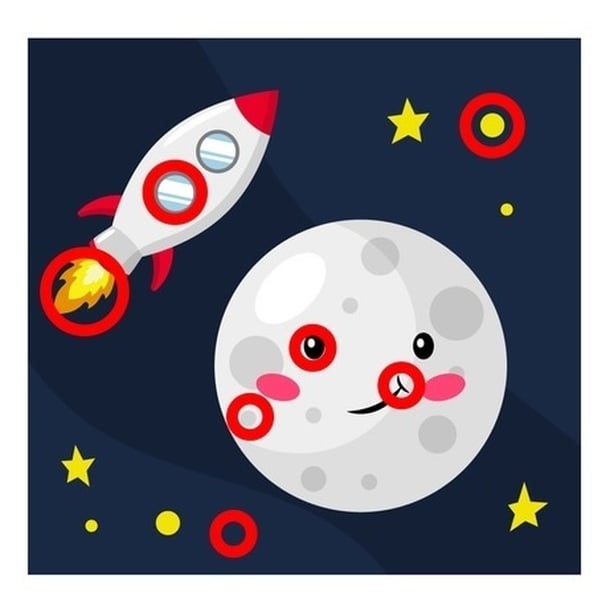Fun Facts: The Moon

- You can see the surface of the Moon by using a pair of binoculars or a small telescope. The Moon's surface is covered in craters that were caused by large pieces of rock hitting it billions of years ago.
- If you could drive from the Earth to the moon at 100 kilometres per hour, it would take you 3,674 hours or 153 days driving non-stop 24 hours a day to get there. That’s one big road trip!
- Neil Armstrong was the very first person to put his footsteps on the moon. He stepped out of his spacecraft and said these very famous words: "That’s one small step for man, one giant leap for mankind".
- The Moon has no air, no water and no life. It is very hot during the day and very cold at night.
- If you’re on the Moon you’ll be much lighter, so it’s the place to go if you want to jump really far and float around.
- Because there is no wind on the moon, all the footsteps left by astronauts will stay there forever – unless of course somebody else stands on them!

Make & Do: Crazy Craters

The surface of the moon is marked with craters made by asteroids (huge rocks) flying through space and bashing into the moon. Múinteoir Ray did a very cool experiment to recreate the collisions on the moon. Here's what he did, so you can try it at home!
- Spread about an inch of flour into a cake pan.
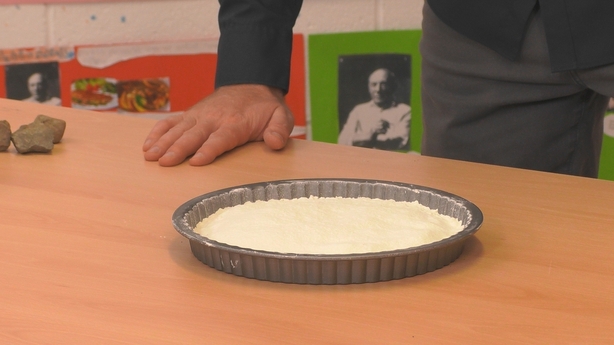
- Add a layer of sprinkles (No need to completely cover the flour layer).
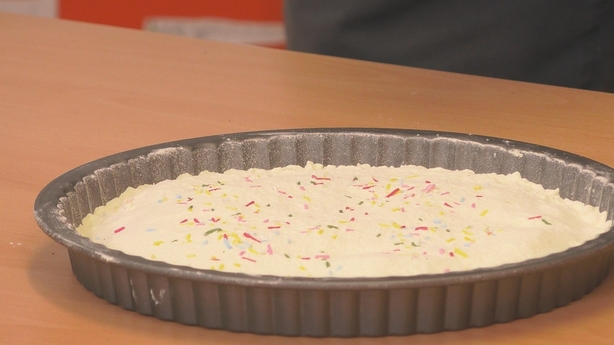
- Add a layer of cocoa by sprinkling it over the top with a spoon or sifting it for a more even coating.
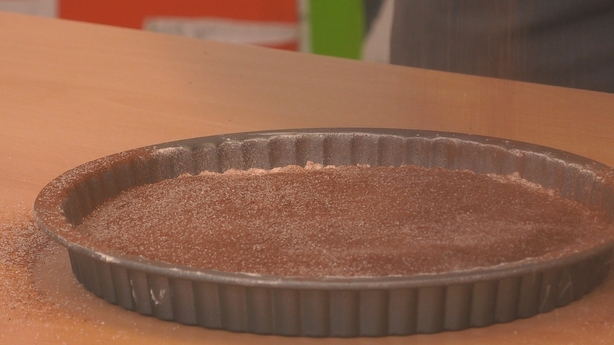
- Simulate a rock impacting the surface, by holding one of the rocks high and dropping it into the cake pan. Observe the "ejecta pattern" created by the impact.
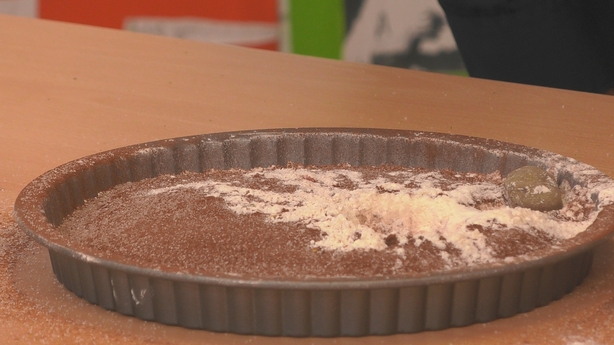
- Try dropping different size rocks and different angles and heights, and see how the ejecta pattern differs from one impact to the next.
This shows you what happens when asteroids hit the surface of the moon. Powerful stuff!

Send us pictures or videos of what you have done. Ask your parents to help you send them to rte.ie/learn

Blackrock Castle Observatory

Did you know there's a fascinating space place in Co. Cork called the Blackrock Castle Observatory? They have heaps of cool stuff for kids there. Here are some activities online that they did for Space Week.
They also created this Moon Calendar. It shows you what the moon looks like, every night of the year. Have a look at how the moon should look tonight, and see if you can spot it in the sky.
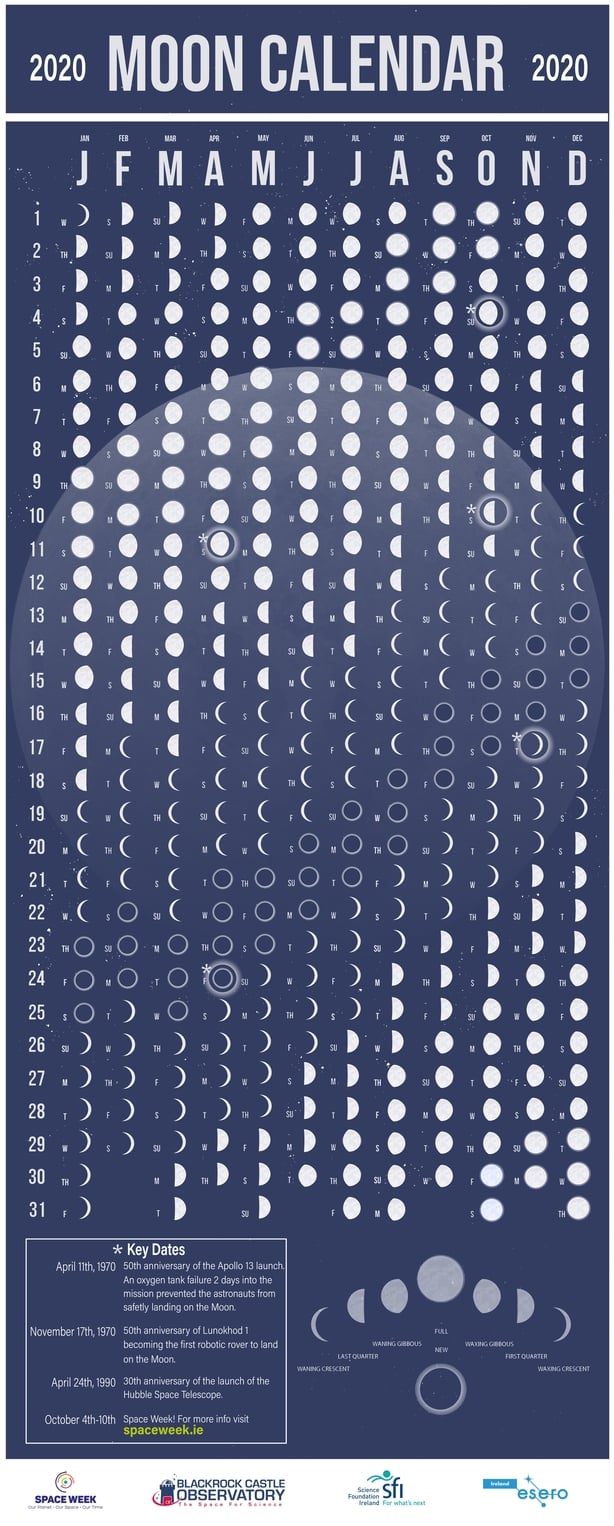

Lunar Laughs

Here are a few space jokes that might give you a giggle!
What do you call a tick on the moon? A luna-tick.
How does the man in the moon cut his hair? Eclipse it!
What's the first day of the week called in outer space? Moonday.
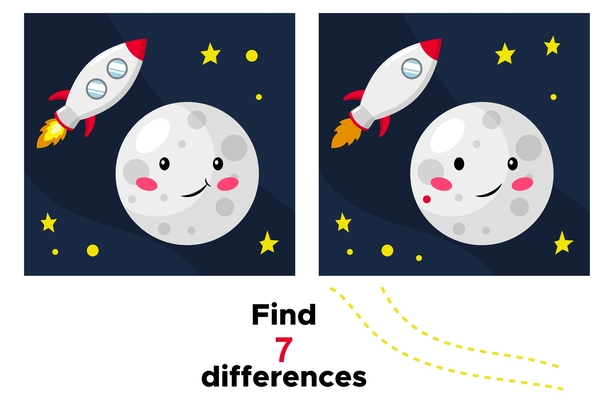

Send us pictures or videos of what you have done. Ask your parents to help you send them to rte.ie/learn
Spot the Difference Answers
